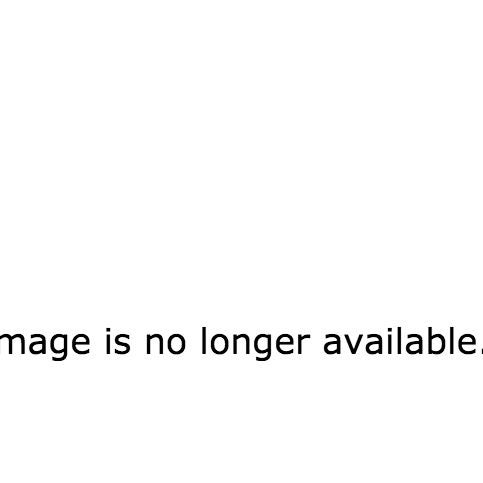
1. First of all, soreness is a natural physiological response to exercise.

2. The pain is actually from tiny micro-tears in the muscle that your body is repairing — which is how muscles get big!
3. Soreness isn't really caused by lactic acid, which was a popular belief for a long time.


A common myth is that soreness comes from a buildup of lactic acid in the muscle, but this was debunked about ten years ago. "Lactic acid is a product of exercise, but it's getting burned off so it'll disappear in the body within five hours," Gentilcore says. "It's important that people understand soreness isn't from lactic acid, but repairing micro-tears, so they don't try to jump back into exercise or shake it off and end up with an injury," Pino says.
4. Important: There's a big difference between typical muscle soreness and actual pain from overtraining or injury.
5. But you probably shouldn't take pain meds like Advil or Tylenol unless your soreness is really bad.

6. After a serious workout, your muscles usually get sore within 12-24 hours.
7. How sore you are really depends on the length and intensity of your workout.

8. You'll probably get all-over sore if you go hard with a new exercise.

9. So working on your form and posture can actually help reduce soreness.

10. You don't need to be super sore to have a good workout.

11. Rest is important, but the best cure for sore muscles is active recovery.

12. It's also important to get adequate hydration and nutrition.

13. Stretching and foam rolling are basically necessary if you want to prevent or alleviate soreness.
14. You can also soothe sore muscles with ice packs or a cold bath within the first 12 hours.


"If you have soreness, there is a 12-hour window after exercise where ice packs and cold baths — around 45 or 50 degrees — can help soothe the muscles and reduce swelling," Pino says. Just be careful to place the ice pack in a towel and not directly on your skin. After icing, Pino says it can help to switch to heat from the bath or heat wraps and patches. But it's important to remember that ice and heat only help you feel better, they don't speed up the micro-tear repair process which causes soreness.
15. And you probably shouldn't rely on those topical "cooling" creams and sprays, because they don't actually do much.

16. You can't totally prevent soreness, but staying within your exercise means and cross-training can help.

